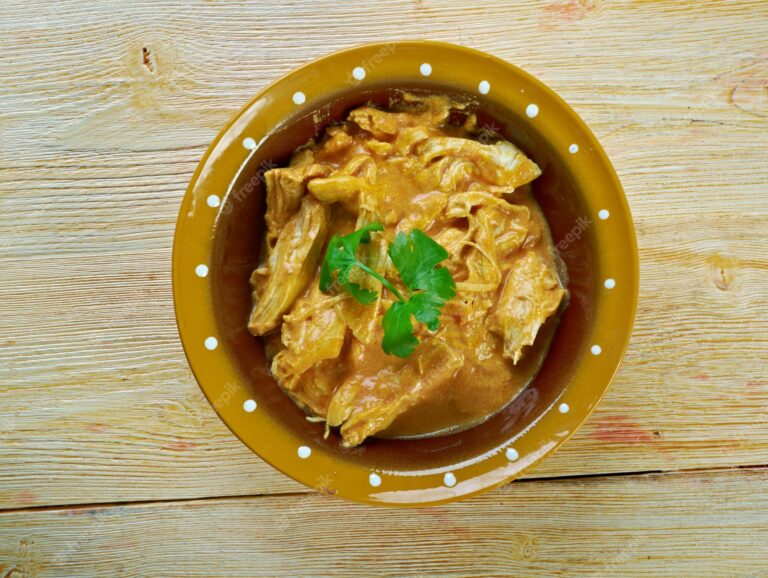Introduction: Understanding Congolese Cuisine
Congo, also known as the Democratic Republic of Congo, is a Central African country with a rich and diverse culinary culture. Congolese cuisine is influenced by its geography, history, and cultural diversity. The cuisine is known for its unique flavors and ingredients that are particular to the region. In this article, we will explore how Congolese cuisine differs from other African cuisines.
Ingredients: The Backbone of Congolese Cuisine
The ingredients used in Congolese cuisine are the backbone of its unique flavor. The cuisine is known for its use of various meats, including bushmeat, goat, and fish, as well as vegetables such as cassava, plantains, and yams. The use of spices, including cardamom, cumin, and ginger, is also a signature of Congolese cuisine. Additionally, peanuts, okra, and various peppers are commonly used in Congolese dishes.
Influences: The Multicultural Roots of Congolese Cuisine
The multicultural roots of Congolese cuisine are evident in the variety of ingredients and dishes that it offers. The cuisine has been influenced by various cultures, including Arab, Portuguese, Indian, and French, among others. The introduction of cassava and other root vegetables can be traced back to the Portuguese influence, while Arab traders introduced spices such as cinnamon and cloves. The French influence can be seen in the use of butter and cream in Congolese dishes.
Flavors: The Unique Taste of Congolese Cuisine
The unique flavors of Congolese cuisine are a combination of sweet, sour, and savory. The use of fresh herbs, spices, and vegetables gives Congolese dishes a distinct flavor that is unlike any other African cuisine. The cuisine is also known for its use of fermented ingredients, including cassava leaves and millet beer, which adds a tangy and slightly sour taste to the dishes.
Meals: The Typical Congolese Eating Habits
In Congolese culture, meals are a time for gathering and socializing. The typical Congolese meal consists of a starch, such as fufu or cassava, served with a meat or vegetable stew. The meal is often eaten with the hands or with a small spoon, and communal eating is common. Breakfast is typically light and may consist of porridge or bread with tea or coffee. Lunch is the main meal of the day, while dinner is usually lighter.
Preparation: The Traditional Cooking Techniques of Congo
Traditional cooking techniques in Congo involve the use of open fire and charcoal grills. The use of earthenware pots and wooden spoons is also common in Congolese cooking. Many dishes are slow-cooked to allow the flavors to develop fully. Fermentation is also a traditional method of food preservation and is used in the preparation of many Congolese dishes.
Food Pairings: The Perfect Matches for Congolese Dishes
Congolese cuisine is often paired with various wines and beers, including palm wine and banana beer. The cuisine is also often served with spicy sauces and chutneys, which complement the flavors of the dishes. Fresh fruits, such as mangoes and pineapples, are also commonly served as a dessert or as a palate cleanser.
Conclusion: The Future of Congolese Cuisine
Congolese cuisine is a unique and flavorful cuisine that continues to evolve and grow. As more people become interested in African cuisine, the popularity of Congolese dishes is increasing. With its multicultural roots and diverse ingredients, Congolese cuisine has the potential to become a popular cuisine around the world.

